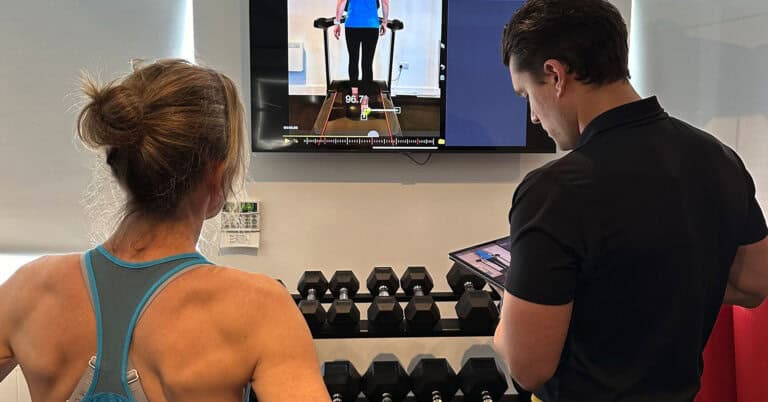Looking after your back is a simple, yet often forgotten task. As lives get busier, family and work pressures more demanding, many people neglect caring for their back and suffer from recurring pain as a result. In the UK alone, there were 3,417,000 lost working days due to problems with back pain.
Yet, protecting your back isn’t difficult. It can be as simple as taking a walk, maintaining good posture, or choosing the correct bag to hold things. To help you look after yours, Active Health Clinics has put together six tips for maintaining a healthy back.
1. Exercise Regularly
Exercise is the number one way to care for your body. Keeping an active, healthy lifestyle helps strengthen your muscles and makes basic everyday activities that much easier to complete without worrying about pain.
The best type of exercise for taking care of your back is to strengthen your core – the muscles in your abdomen and lower back. One of the most beneficial exercises that does this is swimming, especially back stroke. Swimming is a low impact exercise that places slight resistance on your body without forcing too much stress. For more information on how swimming and other forms of exercise can help you, why not speak to one of our personal trainers?
2. Prevent Stiffness With Gentle Movement
With lack of movement comes stiffness, and with stiffness comes back pain. It is important to maintain gentle movement that will prevent your body from seizing up. Avoid staying in the same position for long periods of time to ensure proper mobility.
Movement does not have to be exercise, so you don’t have to worry about buying a gym membership. A simple walk at regular intervals throughout the day will help prevent a sore back. Stretching is also a great way to prevent stiffness, which can be done without leaving your seat making it perfect for doing whilst at work.
3. Use Proper Posture When Standing or Sitting
Slouching and poor posture is one of the biggest long-term factors to poor back care. Proper posture ensures that your spine retains a natural ‘S’ shape. This helps absorb shock, ensures muscles are used properly and maintains balance.
Good posture does not only count for when you stand, as the way you sit also affects your spine. When standing your shoulders should be down, and your head centred over your spine. When sitting your chair should have a firm back rest that supports the spine’s natural shape, your feet should be firmly on the floor, and your head should be centred over your spine.
For more info about how your posture affects your back and spinal health, please speak to a member of our professional team or read more about how to achieve good posture.
4. Use Rucksacks With A Double Strap
We’re all guilty of overloading handbags, school, sports or computer bags and lugging them around all day. The problem is that heavy shoulder bags can affect your natural ‘gait’ which is the swing of your arms as you walk. If your ‘gait’ is not correct it can affect your balance, cause tightness in your back, and decrease the curvature of your neck. This can eventually lead to sore shoulders, neck muscles and back pain.
When carrying heavy items for long periods of time, it’s advisable to use a rucksack with two straps instead. The straps must be tight enough to spread the weight of the rucksack evenly across your back. You should never have your rucksack too loose, as it will put pressure on your lower back. You should also avoid sling bags when carrying heavy items, as they put pressure on only one side of your body. This will also put pressure on your lower back, leading to stiffness and pain.
5. Lift Using Your Legs, Never Your Back
One movement that people repeatedly get wrong is lifting. The natural way you lift heavy objects from the ground is with your legs, but there is a pattern of people lifting from the waist using their back. This is an almost sure-fire way of hurting yourself, by putting your lower back muscles under stress. Some long term problems from incorrect lifting include: overstretched muscles, torn ligaments, and herniated disks. When lifting you should always:
- Keep a wide base of support
- Squat down by bending at the knees and hips only
- Look straight ahead and keep your back straight with your shoulders back and your chest out
- Lift by straightening your legs, do not twist as your lift
- Hold the object as close to your body as possible
6. Use Painkillers To Continue Being Active
Painkillers are helpful for back pain as they allow you to continue being active without a hindrance. You can use NSAID’s (non-steroidal anti-inflammatory drugs) to help reduce swelling and pain. This can be especially helpful when out for a walk, at work, or out with friends. Painkillers do not have to be oral tablets, as there are many gels and creams with painkiller properties that can applied topically to your back.


